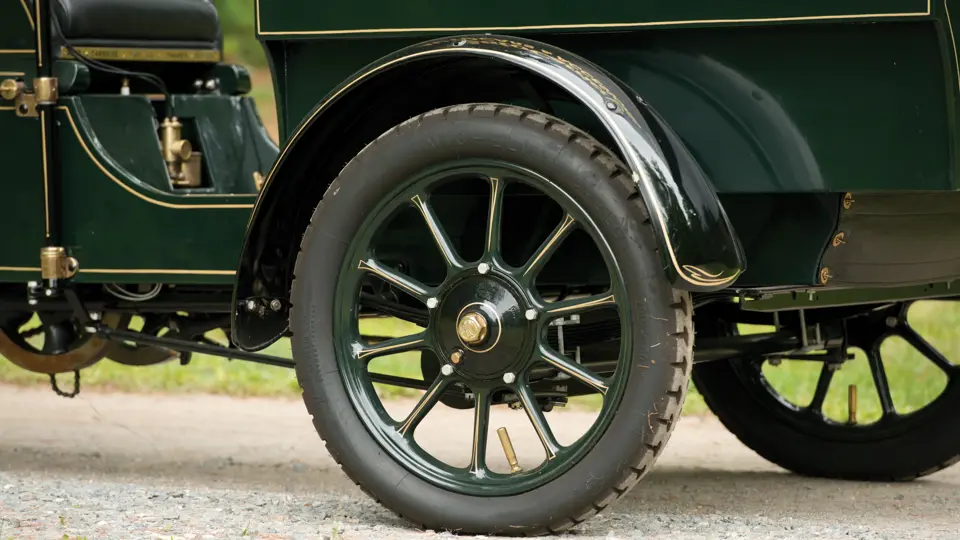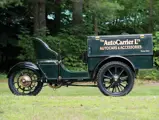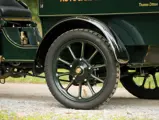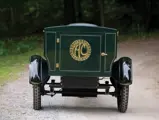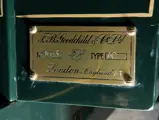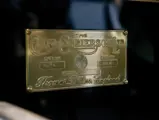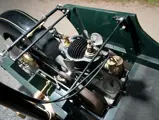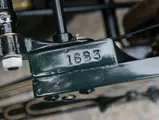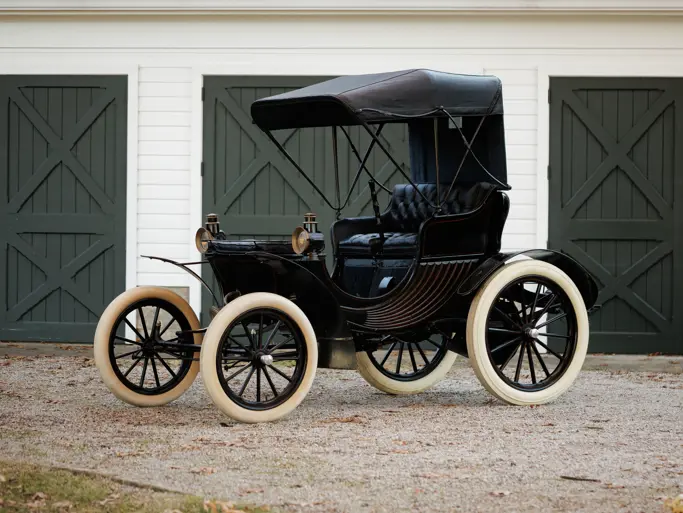
1912 Auto-Carrier Delivery Box Van
{{lr.item.text}}
$49,500 USD | Sold
Offered from the collection of John Moir
{{bidding.lot.reserveStatusFormatted}}
- Offered from the collection of John Moir
- The ancestor of all modern AC automobiles
- Purchased by Mr. Moir from the family of its original owner
- Beautifully restored by David Steinman
5.5 bhp, 631 cc air-cooled side-valve single-cylinder engine, two-speed epicyclic gearbox, solid front axle with semi-elliptic leaf springs, single rear wheel with dual quarter-elliptic leaf springs, and mechanical brakes on gearbox and rear wheel. Wheelbase: 70 in.
The marque AC traces its roots to 1900, when John Weller, an ambitious engineer, and John Portwine, a Norwood butcher, went into business to build motor cars. Weller had some experience in automobile production, as he had already been making motorcycles with his brothers at West Norwood. Weller and Portwine had built a car, which was exhibited at the 1903 motor show, it but failed to reach the market. Instead, they decided to concentrate on the commercial market and designed a three-wheel delivery box van, which was launched in 1905. The firm Autocars and Accessories Ltd. was formed to separate this venture from Weller’s motorcycle business. The vans were called Auto-Carriers, and their utility was such that they were immediately successful and taken up by such merchants as Boots, Maples, United Yeast, and Aerated Bread, the latter having a fleet of 70.
The engine was an air-cooled, single-cylinder unit of 631 cubic centimeters, which was mounted behind the operator’s seat. The “business end,” comprising of about 40 cubic feet of capacity, was forward, with the driver sitting behind and steering with a side tiller. For distribution of goods in towns, it was most efficient, and more than 1,500 were built by 1912.
Mr. Moir reports that he acquired this Box Van from a British owner who had inherited it from his grandfather, who had bought it new. It had been officially dated as a 1912 by the Veteran Car Club of Great Britain in 1956, as is noted in a certificate found in the file.
David Steinman, of Waitsfield, Vermont, expertly restored the van to its original condition, including recreating the damaged original cargo box. In the Moir library, a book was found with a photograph of the Autocars and Accessories Ltd. factory box van, and the livery and lettering of that vehicle were recreated here. The restored vehicle presents absolutely beautifully, with tight, fresh black leather, sparkling polished brass trim, and rich, deep paint. All accessories throughout are original and authentic, with three spare brass lamps included.
This Box Van is the ideal vehicle to complete any collection of historic commercial vehicles or AC automobiles, as it is one of the rarest AC products and the one with which a great name got its start.






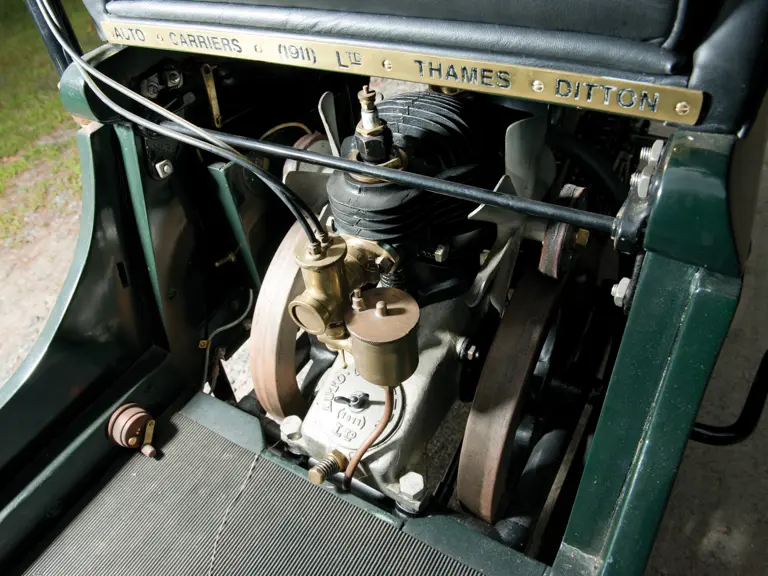
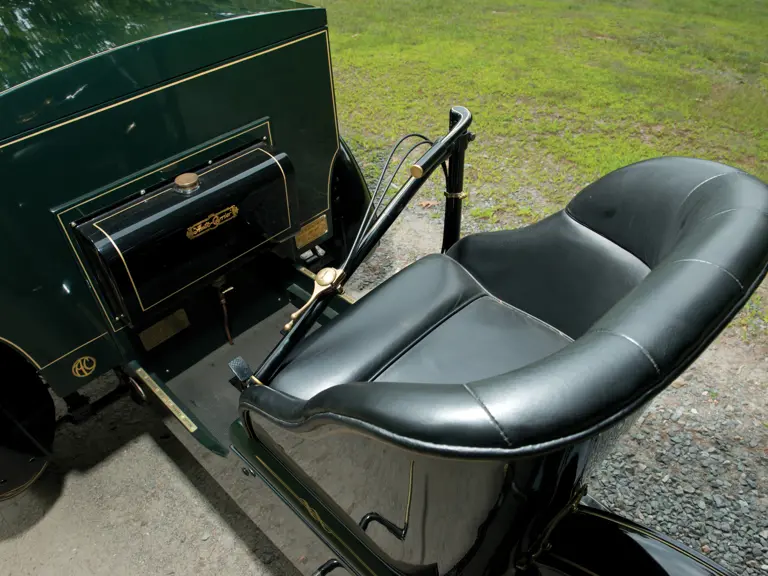


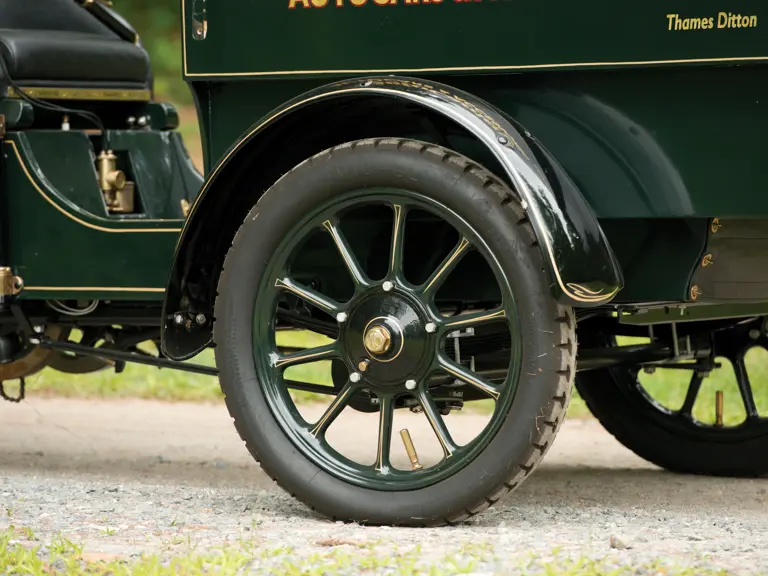

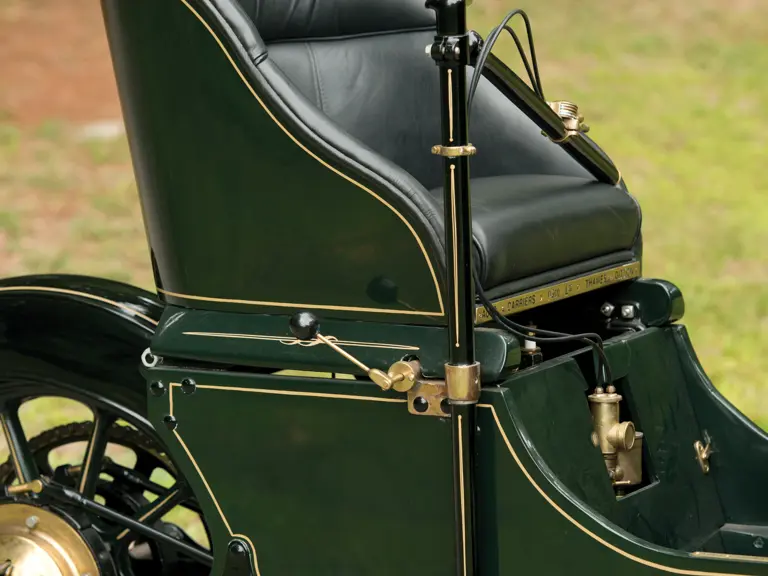
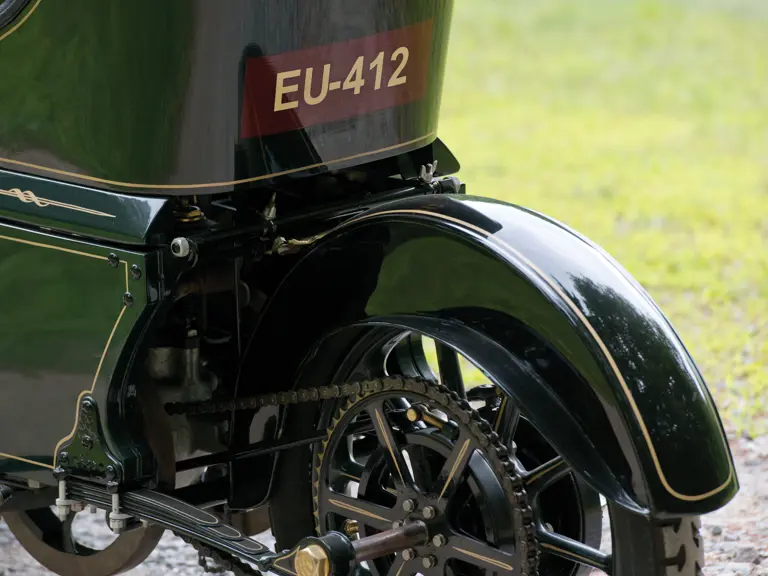



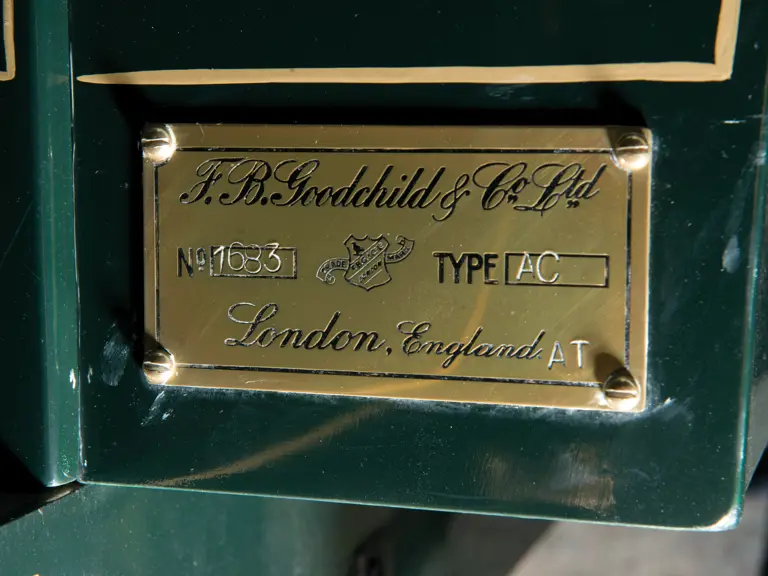

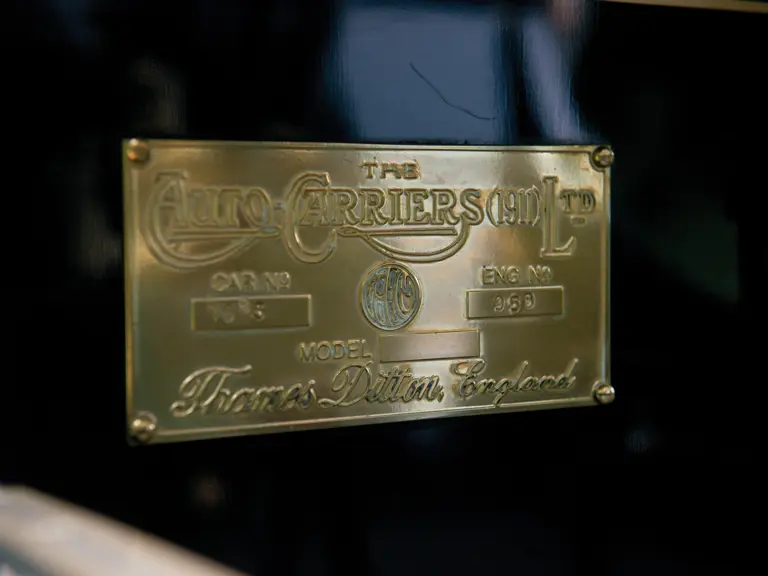
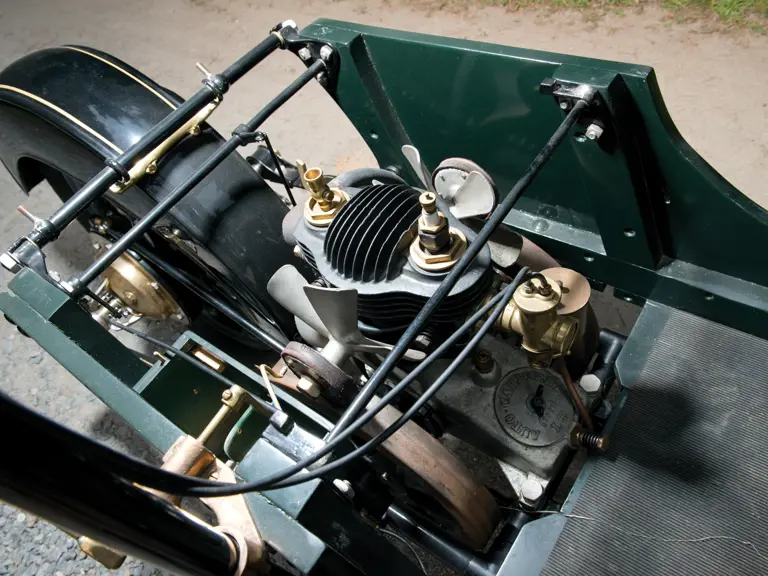


 | Hershey, Pennsylvania
| Hershey, Pennsylvania


